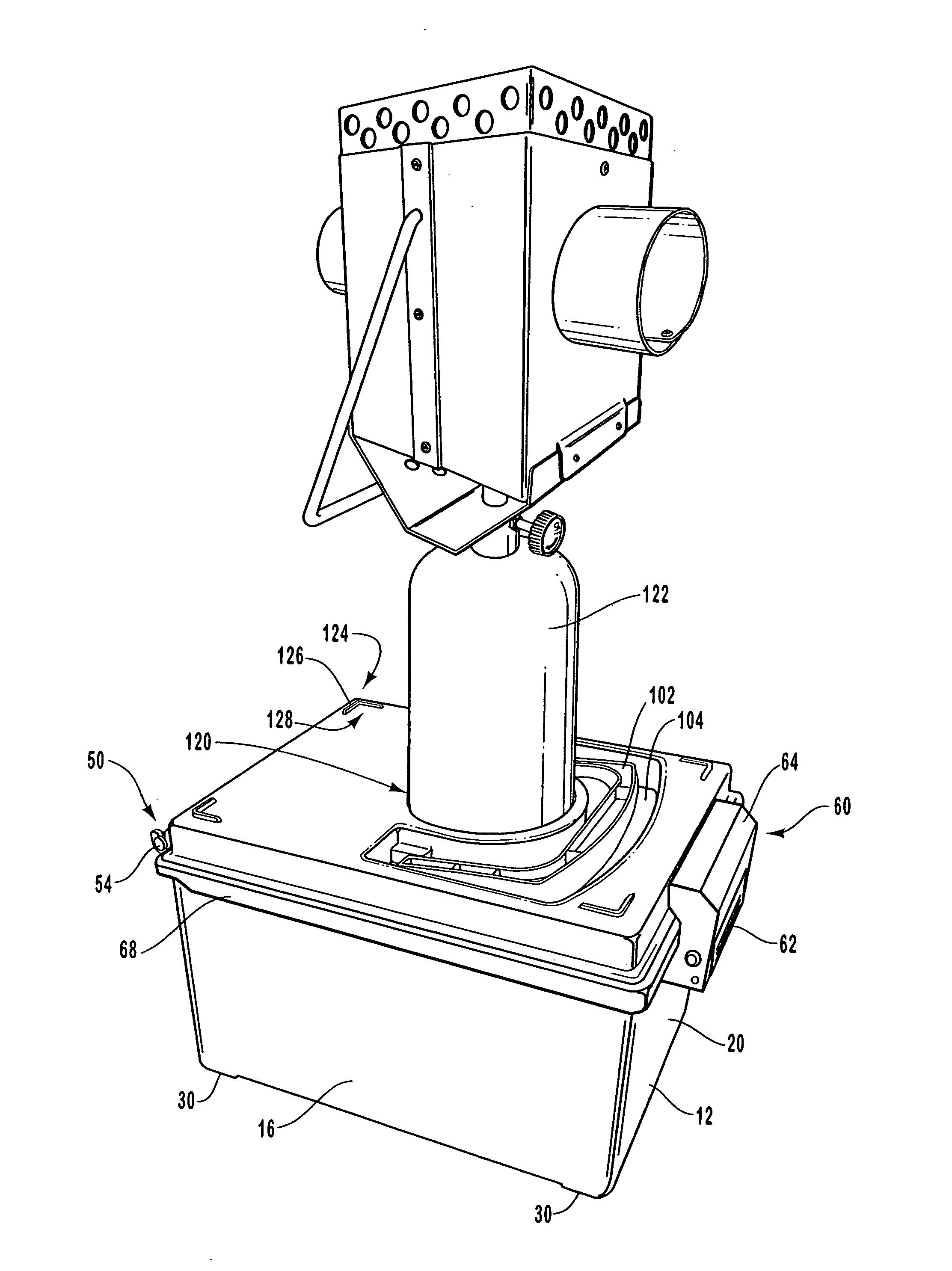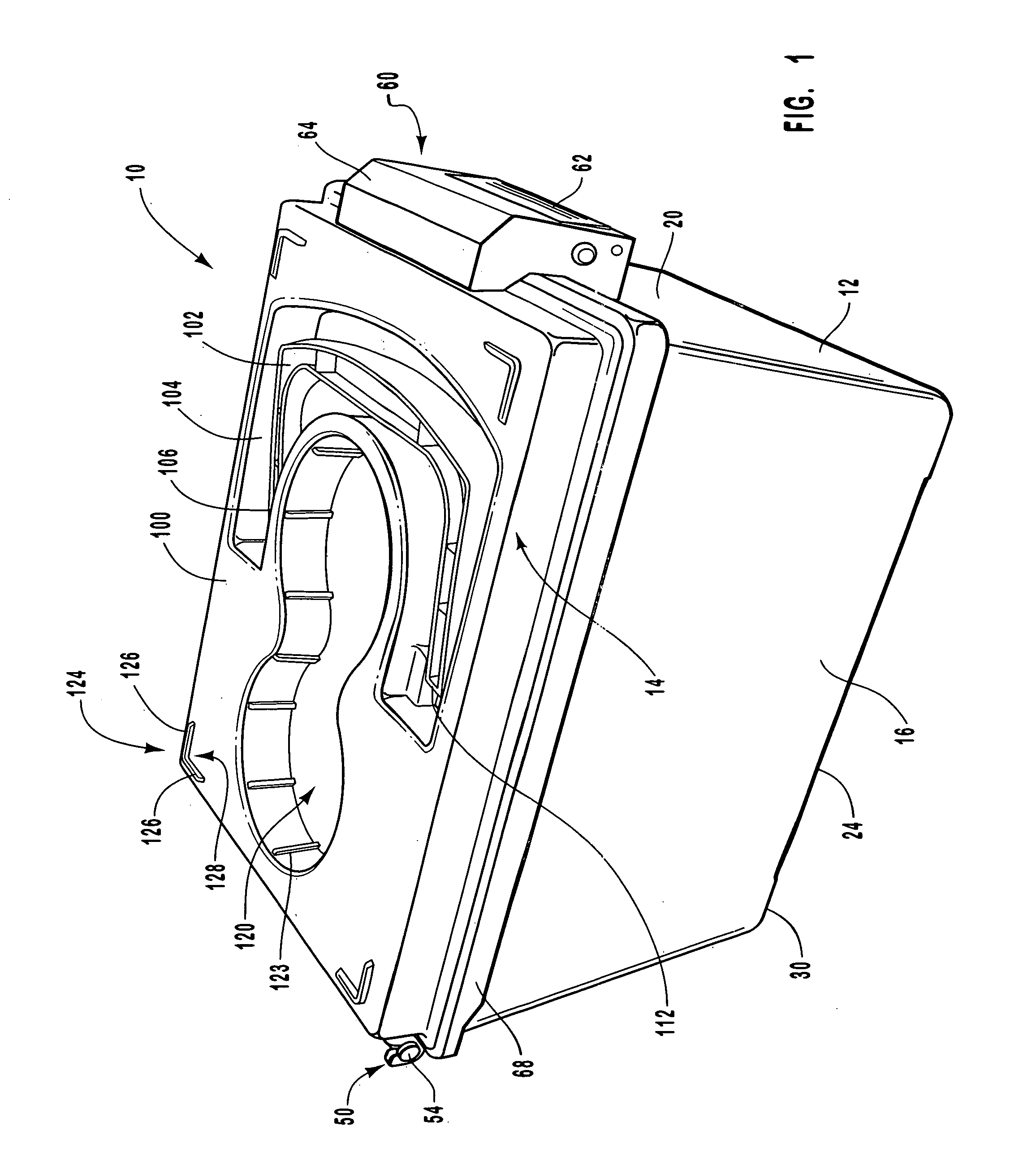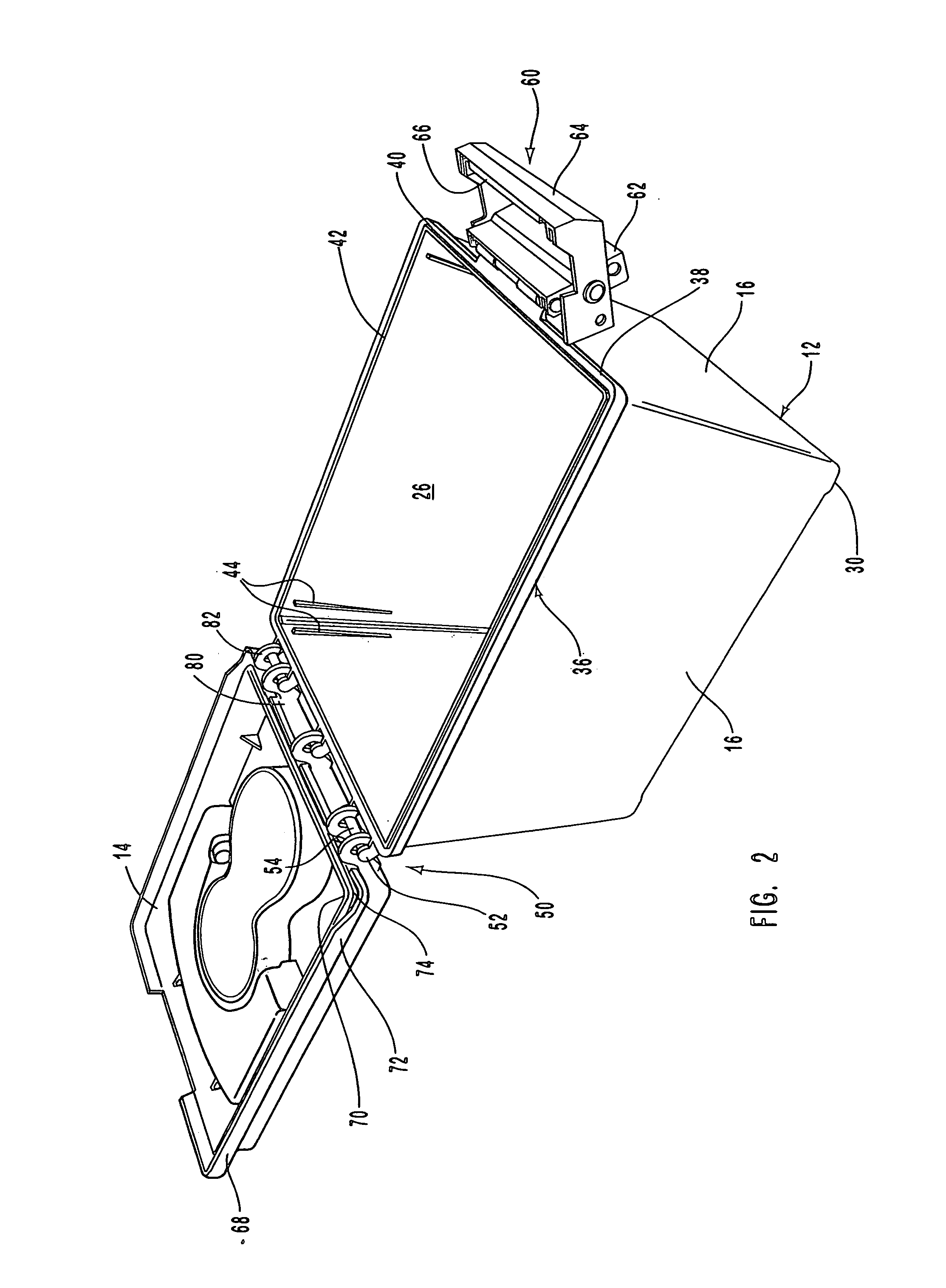Various types of devices have been used for many years as portable heat sources, but heat sources that are truly portable and easy to use are not readily available.
Mountainous areas are a popular destination outdoor enthusiasts, yet, because of their
high elevation, these areas often experience much lower temperatures than are comfortable, especially at night.
Various heaters are available, but they typically have multiple pieces, are awkward to carry and are not very “portable”.
Portable water heaters are desirable because outdoor enthusiasts that previously wanted hot water often had to use a
cook stove or camp fire to heat a container of water, and that required a significant amount of time.
These portable heat sources have been used for many years, but are often not truly “portable.” For example, these heat sources usually have multiple pieces and attachments which are necessary for use.
These pieces and attachments are often easily lost, and are difficult to keep together so that all the pieces and attachments are accounted for when needed to operate the heat source.
In particular, conventional portable showers are often not truly portable because they are heavy, awkward to carry, and include a plurality of parts.
As a result, many of the conventional portable showers are not truly portable because they are heavy, large and awkward to move because the large water compartment is an integral part of the device, but separate from the compartments for storing the pump, power source, heat source, etc.
Portable showers with water containers that are not an integral part of the device are also known, but these water containers are not truly portable because they too are heavy and awkward.
Disadvantageously,
metal water containers are heavy and often expensive to manufacture because of their customized shape.
However, the
thin metal of these water containers is often easily damaged because it can be dented and disfigured, and
metal water containers in general often
rust or corrode over time.
Further, these
metal water containers are typically either large and, therefore, too heavy to be truly portable, or so small that the container cannot hold enough water sufficient for a
shower.
Further, these conventional portable showers often do not provide adequate hot water because, in an attempt to keep such showers lightweight and portable, the water containers are too small to hold a sufficient amount of water for use as a
shower.
However, these conventional portable showers also require all the water in the container to be heated before the device can be used as a shower.
Thus, depending upon the size of the heat source and the size of the container, it can take up to thirty minutes or more to heat the water for a hot shower.
Therefore, the size of the water container is further limited by the ability of the heat source to heat the container of water within an acceptable
time frame.
Disadvantageously, the heated water in the container, which is generally poorly insulated or not insulated at all, is constantly losing heat.
This heat loss increases the time required to heat the water for a hot shower, further limiting the size of the water container.
Therefore, the size of the water containers used in conventional portable showers is often limited in order to decrease the size and weight of the device and to decrease the time required to heat the water before use for showering.
Another problem with existing portable heating equipment is that when they are being used in a
remote area, there often is not a convenient, flat surface to set up the fuel source and activate the portable heating equipment.
If a place is chosen to set up the portable heating equipment that is not sufficiently flat or protected, the fuel source and even the whole heat source may tip over.
In addition to just the danger of burning the user, there is also the risk of starting the environment, tent, trailer or other structure on fire.
 Login to View More
Login to View More  Login to View More
Login to View More 


